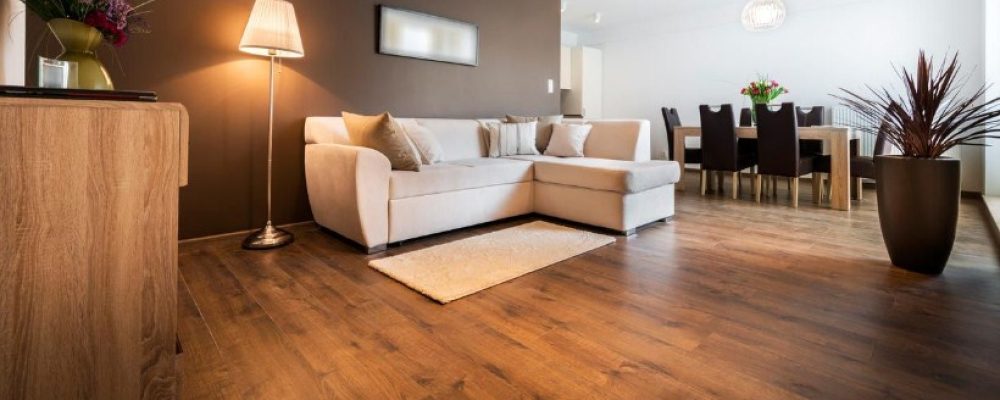Parquet is a type of flooring composed of small wooden planks that create a decorative pattern. Over time, parquet floors can deteriorate due to wear and damage caused by moisture. Would you like to restore your parquet floors and bring back their original beauty?
In this article, we will provide you with 6 useful tips to successfully carry out this task.
1. Inspect the condition of the parquet floors
Before starting any restoration work, it is important to thoroughly inspect the condition of the parquet. Look for worn areas, loose or damaged planks, and determine if there are signs of moisture or insects.
This inspection will help you identify the problems that require attention and allow you to plan the restoration properly.
2. Clean the parquet thoroughly
Before proceeding with the restoration, it is crucial to clean the parquet thoroughly to remove dust, dirt, and any other residue.
Use a vacuum cleaner to remove dust and then clean the floor with a damp cloth and a mild cleaner. Make sure to completely dry the parquet before continuing with the next steps.
3. Repairing damaged areas of parquet floors
If you find loose, cracked, or damaged planks, you’ll need to repair them before restoring the parquet. Apply a special wood glue to the loose planks and press them firmly to ensure they are securely in place.
For cracked or damaged planks, you can use wood filler and gently sand the surface until it is level.
4. Sand the parquet
Sanding is an important part of the restoration process as it helps remove worn-out layers of varnish and reveal the clean, new wood underneath. Use a parquet sander and start with a coarse-grit sandpaper, moving in the direction of the wood grain. Then, switch to a finer-grit sandpaper to achieve a smooth finish.
5. Apply a protective treatment
After sanding the parquet, it is recommended to apply a protective treatment to prevent future damage and enhance its appearance. You can choose a clear varnish or a special parquet oil. Follow the manufacturer’s instructions to apply the treatment correctly and make sure to allow sufficient drying time before walking on the floor.
6. Maintain and protect your parquet floors
Once you have restored your parquet floors, it is important to take measures to keep them in good condition. Place entrance mats at doors to prevent dirt and sand from entering. Use furniture protectors on chair and furniture legs to prevent scratches. Additionally, avoid spilling liquids and use protective pads on furniture legs to prevent damage.
Conclusion
Restoring your parquet floors can be a rewarding process that allows you to bring back their original beauty. With these 6 tips, you will be able to effectively tackle the restoration and achieve impressive results.
Always remember to inspect the condition of the parquet, clean it thoroughly, repair damaged areas, sand it, apply a protective treatment, and maintain it properly. By following these guidelines, you can enjoy beautiful and long-lasting parquet floors in your home.





